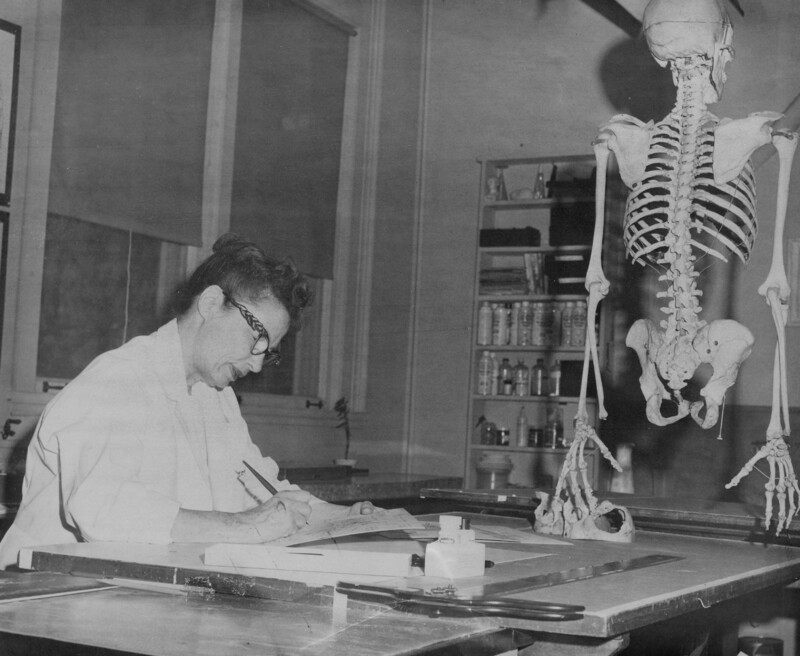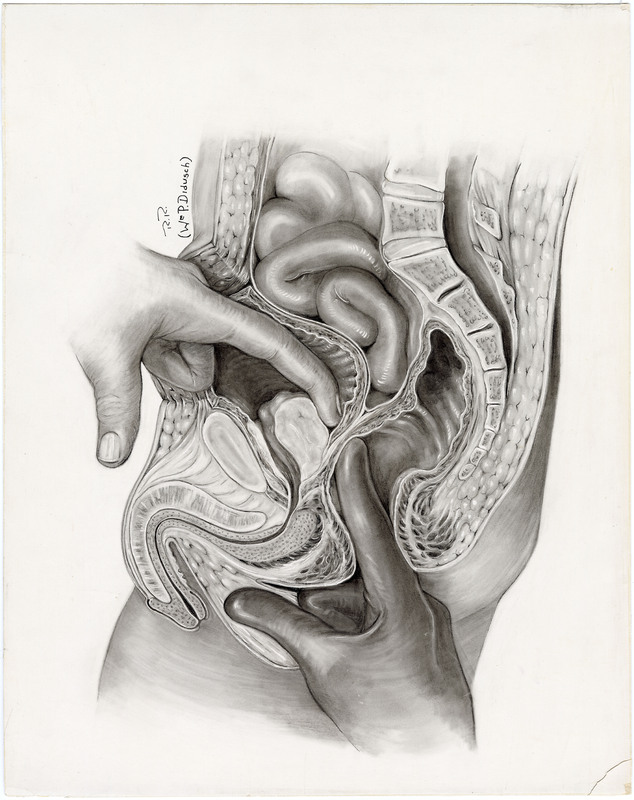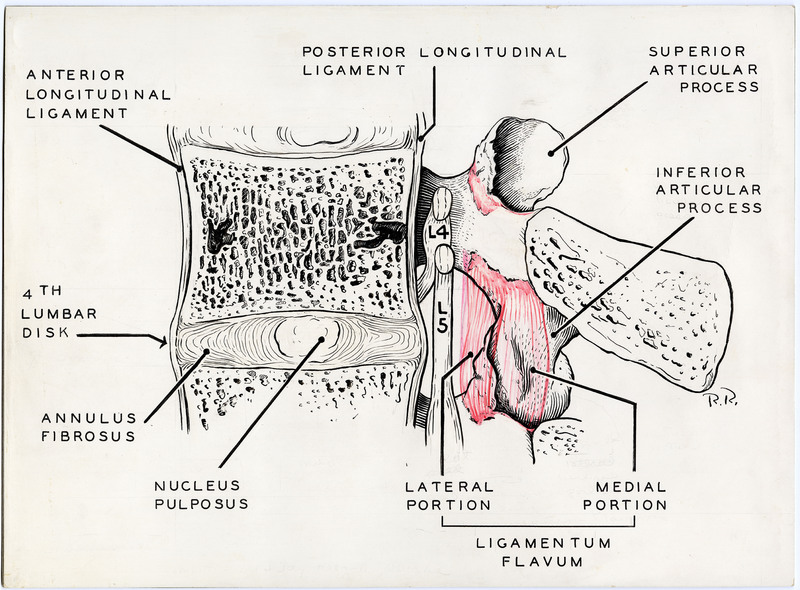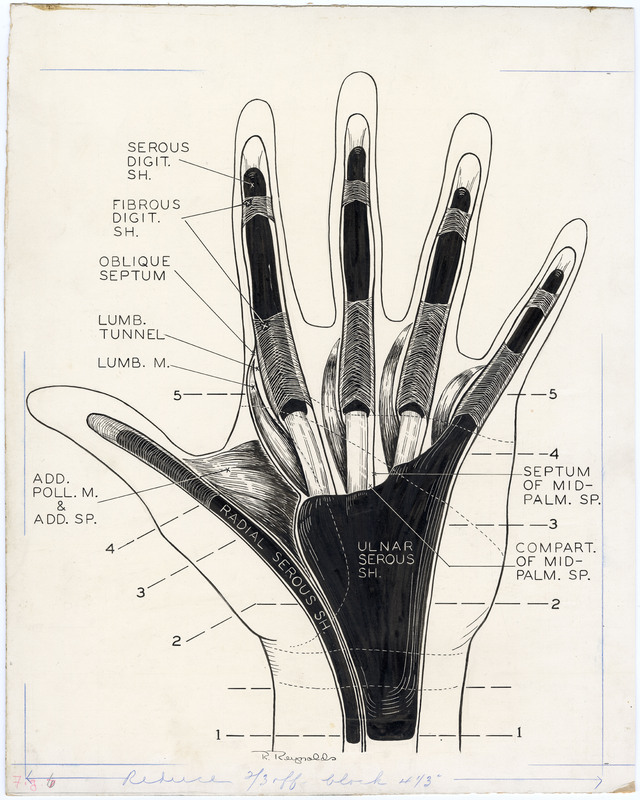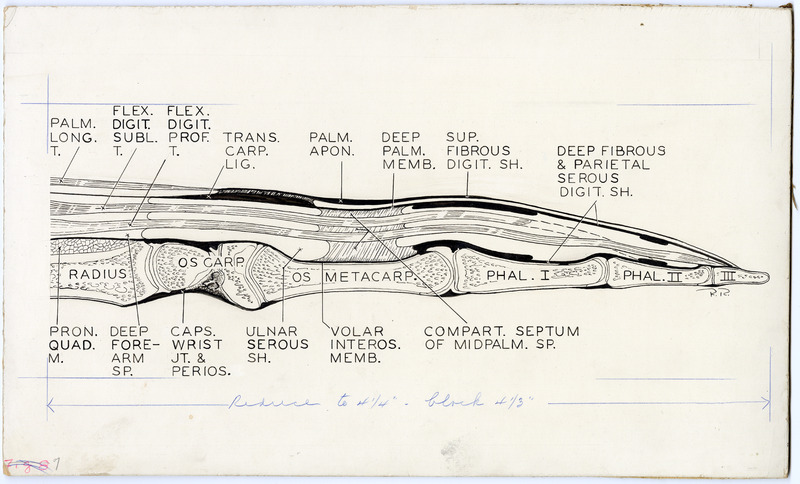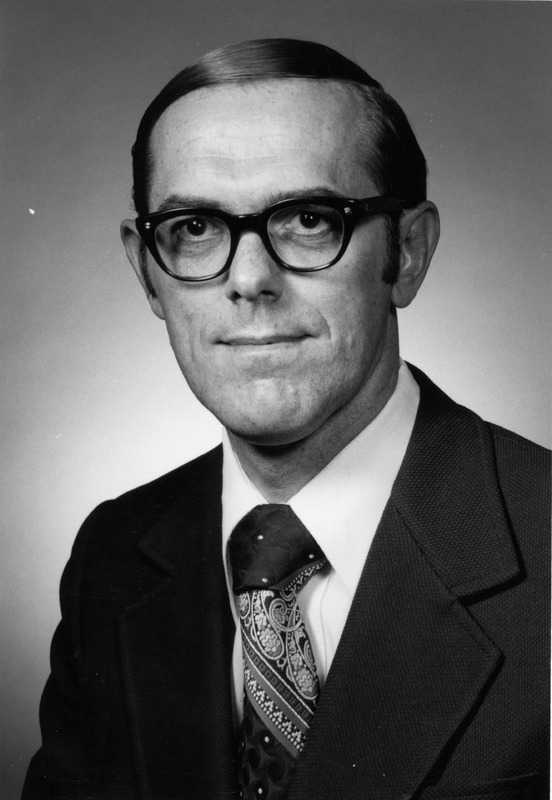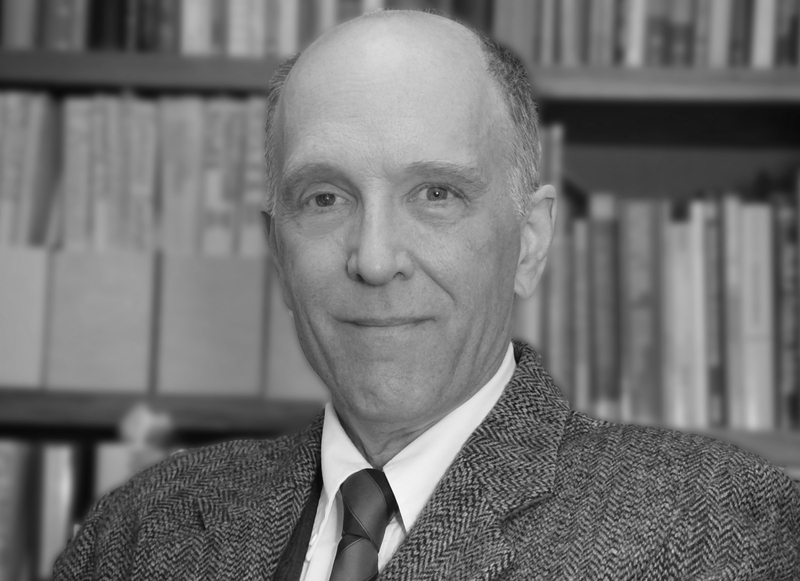LeeRoy Meyer, MD, and the Socratic Method
Born in Sidney, Nebraska, in 1935, LeeRoy Meyer, MD, was a leader and innovator in medical education. A 1961 UNMC graduate, Dr. Meyer completed his internship and internal medicine residency at his alma mater before joining the faculty as an instructor in internal medicine in 1966. At the end of his first academic year, Dr. Meyer won a Golden Apple teaching award from the American Medical Student Association. In the ensuing years, Dr. Meyer won the Golden Apple award for teaching 25 more times, a feat no other faculty member has achieved. In 1995, the awards committee gave Dr. Meyer lifetime teaching recognition by creating a "Golden Apple Hall of Fame" and made him the first recipient. This made him ineligible for more Golden Apples so other teachers would have a chance to be recognized.
An innovator in education, Dr. Meyer was at least 20 years ahead of his time, with his methods eventually becoming the national norm in medical education. Dr. Meyer developed his curriculum using the case-based method of teaching and a Socratic style that was uniquely his. This case-based method has now been widely adopted for medical student education in the form of problem-based learning. Dr. Meyer’s Socratic style emphasized working with students in small groups and in one-on-one sessions, with the teacher asking questions and giving the students space to critically evaluate their responses. One of Dr. Meyer’s students noted that “Dr. Meyer doesn't just instruct, he teaches you how to instruct yourself, and how to be resourceful when you can't find the answer to a problem.”
Full Bio


